![]() 18 Dec 2023
18 Dec 2023
The study of motion and measurement of Length is fundamental in physics. Motion involves the change in position of an object over time, and it can be described in terms of speed, velocity, and acceleration. Measurements of Length are crucial for understanding and quantifying motion.

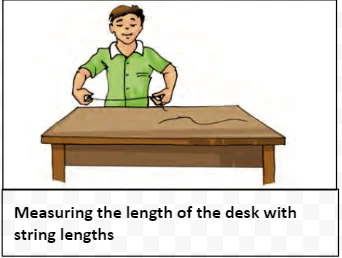
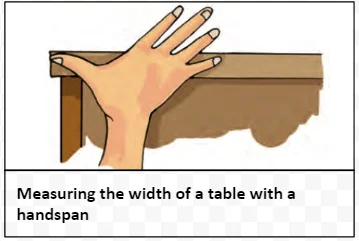

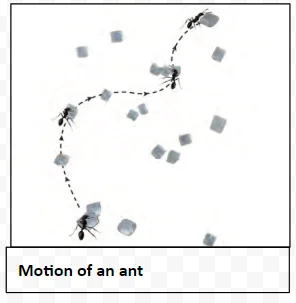
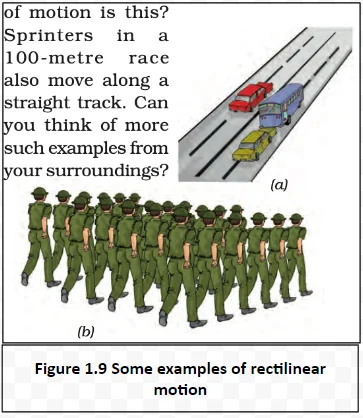
Harmony in Motion: Exploring the Diverse Types of Object Movement
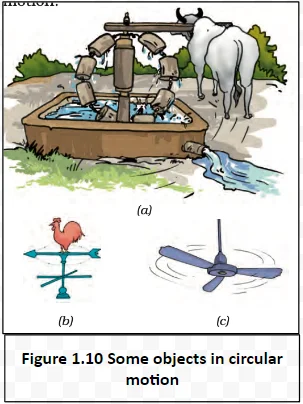
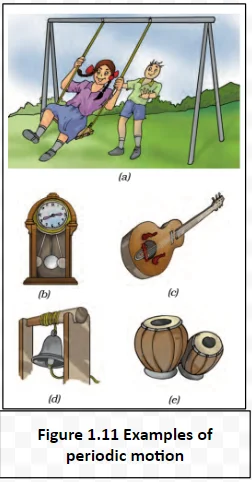
<div class="new-fform">
</div>